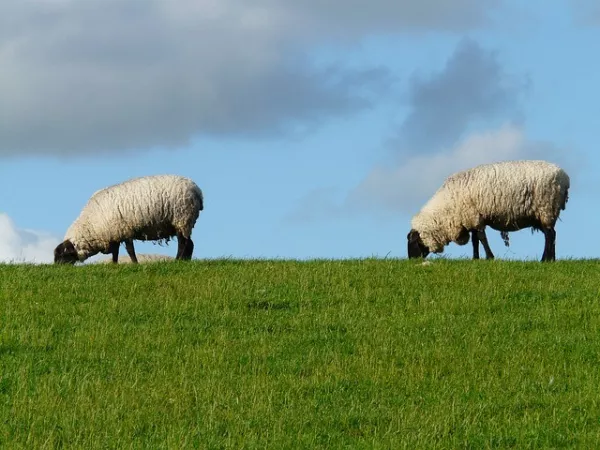Since 2015, the number of sheep and goats in Russia has decreased by about 4 million animals, or about 16%, and by the end of 2022, it is estimated to be 21 million heads. Including about 8.7 million sheep and goats are kept in the regions of the North Caucasus Federal District. Mikhail Yegorov, General Director of the National Union of Sheep Breeders, spoke about this during the forum "Development of Sheep Breeding in the North Caucasus."
According to the results of last year, the union estimated the volume of production of sheep and goats for slaughter at the level of 216 thousand tons in carcass weight, of which 70 thousand tons were produced by the regions of the North Caucasus Federal District. At the same time, agricultural organizations produce only 7.8% of meat, the share of peasant farms and individual entrepreneurs accounts for 24.8%, while the main volume is provided by private household plots - 67.4%, follows from the presentation of the union. Egorov noted that the active pace of development of sheep breeding is observed in Dagestan. “Dagestan provides half of the mutton in carcass weight of the entire volume of the North Caucasus Federal District,” he noted, adding that the region is one of the few where processing is developing.
At the same time, the head of the union warned that Russia risks losing fine-wool sheep breeding: due to lower profitability compared to meat sheep breeding, the number of sheep of wool and meat-wool breeds is seriously declining. These areas are not competitive, but fine-wool sheep breeding has been created for decades, it needs to be preserved and given a new impetus to its development, Yegorov is sure.
He considers improving the meat qualities of sheep while maintaining fine wool as one of the ways to save the direction. To do this, selection and genetic centers should be connected to the work. In general, according to Egorov, the sheep breeding industry needs to develop a separate development strategy.
In December, President Vladimir Putin instructed the government to submit proposals by January 25, 2023 on the development and approval of a comprehensive program for the development of industrial meat sheep breeding in the North Caucasus Federal District until 2030. Earlier, Naum Babaev, chairman of the board of directors of Damate, spoke about the need to adopt a specialized program to the head of state.
Sheep breeding is a traditional activity and the main source of income for many families in the North Caucasus, Babaev drew attention during the launch of a turkey breeding center in the Tyumen region. “The program should take into account the peculiarities of the North Caucasus, the traditions of the North Caucasus, and, perhaps, measures are needed in addition to what the Ministry of Agriculture is already doing, given the specifics of the region’s development,” he said.
As follows from the presentation, which was presented during the forum by Andrey Grigorashchenko, Vice President for Government Relations and Regional Development of Damate, the draft program for the development of sheep breeding in the North Caucasus Federal District involves funding at the level of 40.6 billion rubles, including 14.93 billion rubles from the federal budget. At the first stage of implementation (2024-2026), it is proposed to subsidize 25% of capital expenditures for the creation and modernization of farms with a population of 2,000 ewes and feedlots for at least 3,000 livestock places. The second stage of the draft program (2027-2030) involves the reimbursement of 25% of capital costs for the creation of farms with a population of 1,000 ewes and feedlots of 2,000 livestock places. At both stages, a subsidy is also required - 35 rubles. per 1 kg of sheep in live weight handed over for slaughter and processing.
© Inline LLC 2015-2025. Privacy Policy | Terms of Service